Description
Introduction
Quick Closures are crucial parts that provide quick and secure access to pressure vessels, pipelines, and similar systems’ interiors in the world of industrial operations. These mechanical devices may be opened and closed quickly, allowing for simple inspection, upkeep, and cleaning while guaranteeing a reliable seal for security.
They play a huge role in several industries, including the petrochemical, pharmaceutical, and oil and gas sectors. Quick Closures simplify operating processes, cut downtime, and enforce strict safety standards by allowing quick access for operational duties, routine maintenance, and emergency interventions.
Understanding Quick Closures
A Quick Closure is fundamentally a mechanical device created to offer a reliable closure on a pipeline or pressure vessel while enabling quick and simple access when required. They are generally employed in industrial settings where downtime must be kept to a minimum and frequent inspection, maintenance, or cleaning is necessary.
Quick Closures work by sealing off a pipeline or vessel under pressure and at a temperature that can tolerate the conditions. The fundamental parts of Quick Closures are rather simple, despite their intricate function.
A Quick Closure’s door, seal, and functioning mechanism are usually its essential parts. The major part of the vessel or pipeline that opens and closes to allow access to the interior is the door. The seal guarantees a tight closure that can resist the internal conditions of the system and is often constructed of a flexible material. The speedy opening and closing of the door is made possible by the operating mechanism, which varies greatly across various types of speedy Closures.
When in use, the Quick Closure’s door is opened by engaging the operational mechanism. Frequently, this can be completed manually without the need for any tools. When the pipeline or vessel is opened, access to the interior is made possible for cleaning, repair, or inspection. The door is then shut and the seal is activated, resulting in a secure closing that can resist the working circumstances of the system.
Types of Quick Closures
There are many different varieties of Quick Closures, each with a special design and working method. The Bayonet, Clamp, and Lock Ring types are the three most popular types. Each type has distinct advantages and caters to various operational needs and pipeline designs.
The Clamp Type has a hinged clamp mechanism that offers a reliable seal and is simple to use. Last but not least, the Lock Ring Type uses a locking ring that may be swiftly released to open the door while securely holding it in place. Selecting the best Quick Closure for a given industrial application can be facilitated by being aware of the subtle differences between different types.
Applications of Quick Closures
Quick Closures are widely used in a variety of sectors, with each use being distinctive and catered to the demands of that business.
Quick Closures are frequently used in pipelines and pressure vessels in the oil and gas industry for the transportation and storage of petroleum products. They enable routine inspection and upkeep, which are essential in this business to stop leaks and guarantee the secure handling of these dangerous substances. For example, a Quick Closure could be installed on a crude oil storage tank’s access port to facilitate inspection and cleaning.
Quick Closures are widely used in petrochemical applications that are similar to those in the oil and gas sector. When quick access is needed for cleaning, maintenance, or inspection, they are employed in chemical reactors, separators, and filters. A chemical reactor vessel, for instance, might have a Quick Closure installed to make routine maintenance and inspection of the internal parts easier.
Quick Closures are employed in the pharmaceutical sector in sterile settings where quick and clean access is necessary, such as in bioreactors or fermenters. They make sure the system’s integrity is upheld while still enabling simple access when required.
On filter units or pressure vessels, the water treatment sector uses Quick Closures. They eliminate the need for protracted downtime by enabling quick and simple filter media or internal component replacement.
These illustrations show the adaptability and significance of Quick Closures across several sectors. They are an important tool in a variety of applications due to their capacity to offer speedy, secure access.
Maintenance and Safety Considerations
For Quick Closures to last a long time and operate safely, proper maintenance is essential. Regular checks help guarantee that the Quick Closure operates securely and properly while also avoiding unanticipated failures and expensive repairs.
Regular care for Quick Closures normally includes inspecting and, if necessary, replacing the seals because a worn or damaged seal might jeopardize the integrity of the closure. To guarantee smooth performance, the operating mechanism should be frequently inspected for wear or damage and greased. It’s important to look for any rust or damage on the door and other parts.
When working with Quick Closures, safety must always come first, especially since they are frequently employed with high-pressure systems. To avoid any unexpected pressure release, it is essential to confirm that the system has been completely depressurized before opening a Quick Closure. When doing maintenance or inspections, the appropriate protective gear, such as gloves and safety glasses, should be worn.
Additionally, all procedures relating to the application, maintenance, and security of Quick Closures must be well recorded and strictly followed. Regular training should be provided to anybody who will be utilizing or maintaining Quick Closures.
Conclusion
Quick Closures have become a vital tool in numerous industries, including the petrochemical, water treatment, oil and gas, and pharmaceutical sectors. Their special construction allows for quick access to pressure vessels and pipes, making inspection, maintenance, and cleaning simple while preserving operational integrity and safety.
They are invaluable in many applications due to their versatility and usefulness. Quick Closures has repeatedly demonstrated its adaptability, from easing routine maintenance in the oil and gas industry to guaranteeing sterile access in the pharmaceutical industry. its functionality is further increased by its design, whether it be of the Bayonet, Clamp, or Lock Ring type, which accommodates a variety of operational requirements and system configurations.
Maximizing the advantages of Quick Closures requires a thorough understanding of all of their complexities, from their fundamentals to how they work to the technical signs that determine which ones to choose. With the correct information, choosing the ideal Quick Closure for a particular application may ensure maximum performance, safety, and longevity.

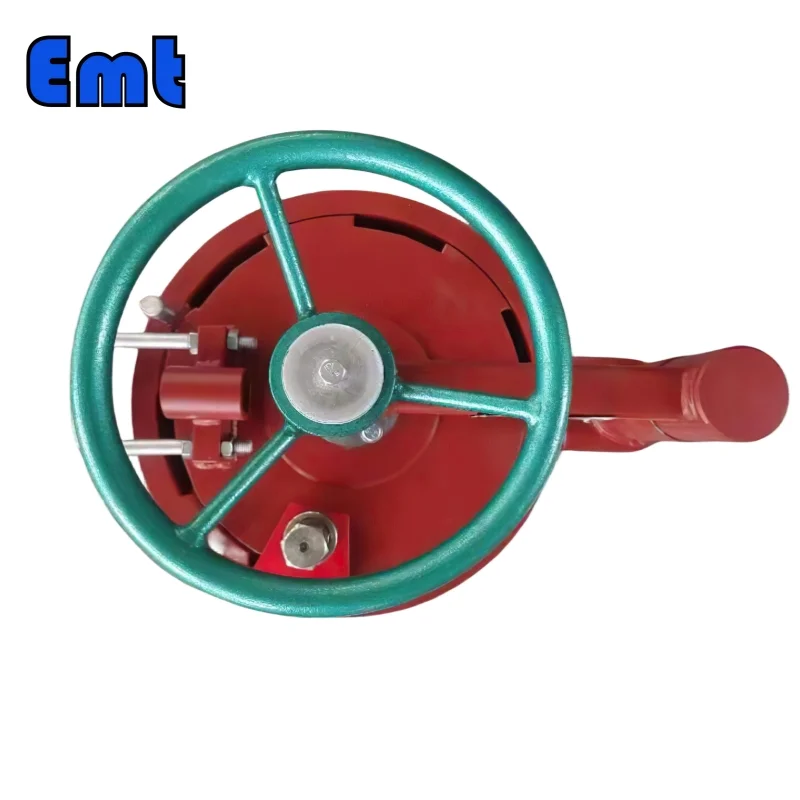
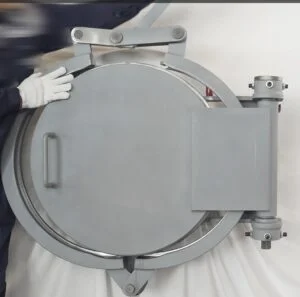
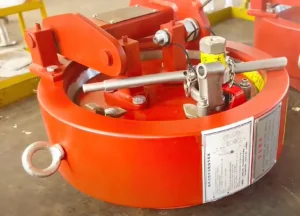
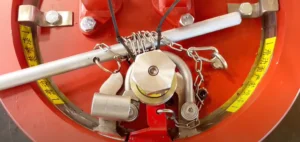
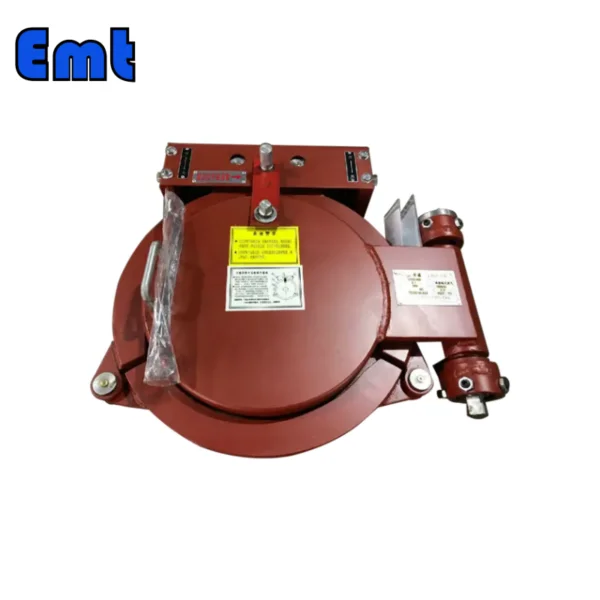
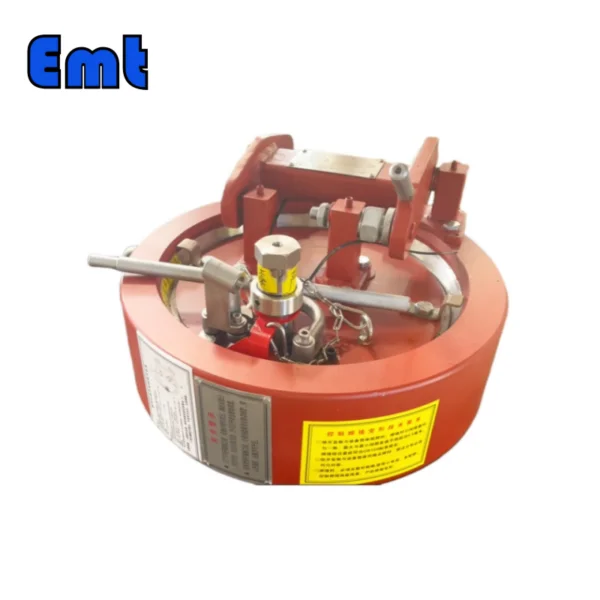
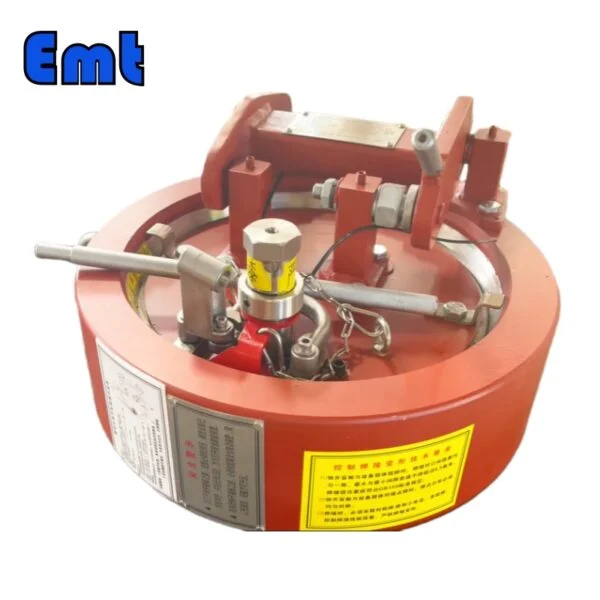
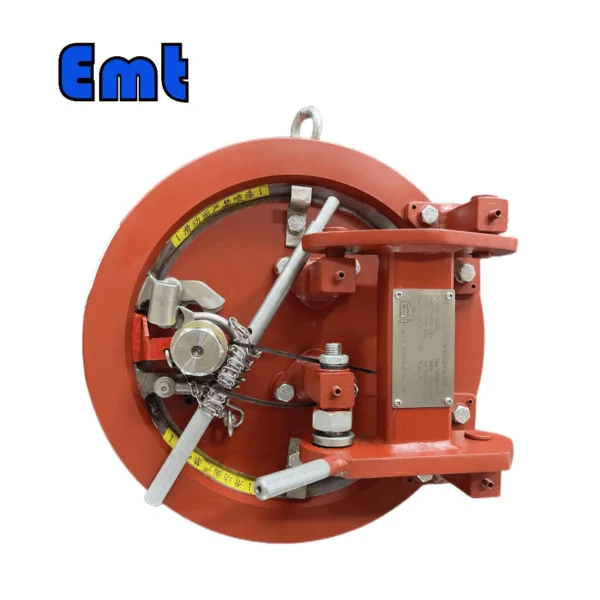
Reviews
There are no reviews yet.